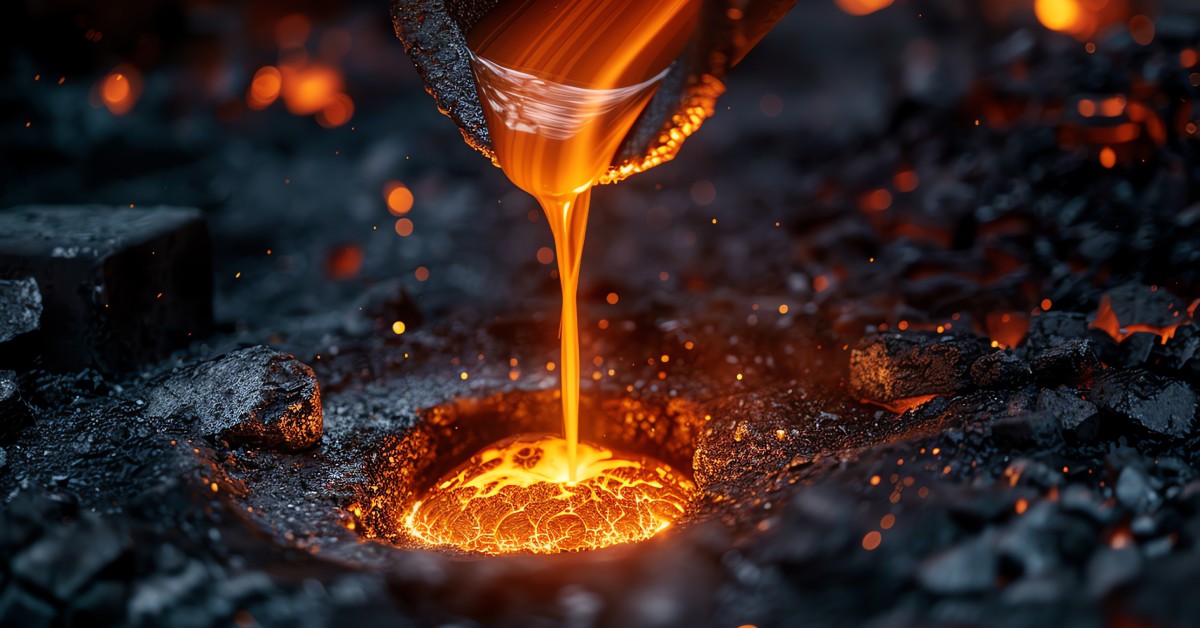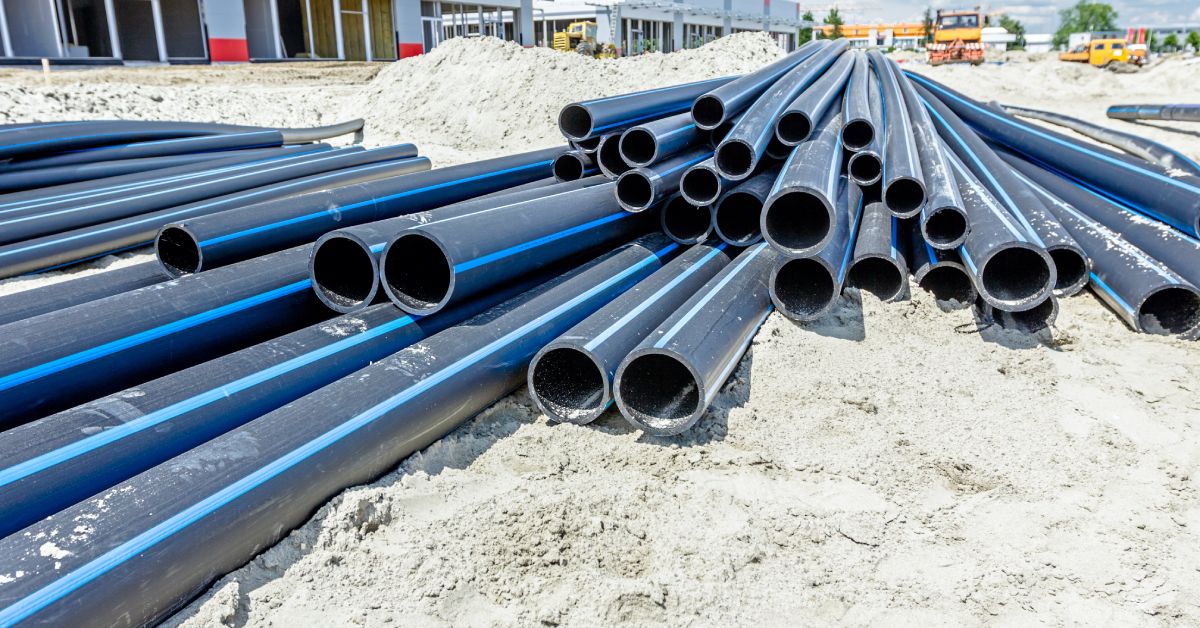
Practicing energy efficiency and sustainability saves your company time and money with its many advantages. As your industry is changing to eco-friendly options, you may want to consider what materials you use every day. If you’re looking to change your equipment to more sustainable options, aluminum-based materials will provide the benefits you need.
Find out why many industry professionals choose aluminum over other materials for their industry practices. Follow this complete guide to the environmental benefits of aluminum and start reaping the rewards of environmental sustainability.
Aluminum is the main material for many types of machinery and tools. It’s a durable, lightweight material that resists corrosion. It’s also an excellent conductor of electrical and thermal energy.
For exterior uses, aluminum is also non-flammable and offers notable insulation. This makes it easier to work with aluminum in any setting, regardless of temperature or fire risk.
Because of its many properties, many companies use aluminum in their everyday workspace. You can find aluminum in aerospace for interior designing or maintenance and repair for bigger parts of the aircraft. Construction companies also use aluminum for exterior design choices, such as window frames or metal roofing.
Aluminum’s properties make it useful for many industries. It’s a material known for its unique qualities, and it works well with other materials.

The journey of aluminum starts with bauxite ore, which, once refined, produces alumina. After subjecting it to electrolysis in smelters, this alumina yields pure aluminum. This aluminum crafts different end products, such as thin sheets, connectors, and other heavy-duty parts.
While this process is energy-intensive, we see advancements continually being made to improve its efficiency and reduce its environmental impact. As this process thrives on an eco-friendly outlook, aluminum follows in its steps toward environmental sustainability.
Aluminum as a material is simple to craft, and many industries use it for their products. Enhance your company’s energy efficiency with this guide to the environmental benefits of aluminum.
Aluminum’s lightweight nature overcomes obstacles in many sectors. Specifically, aluminum eases transportation complications because of its lighter load.
Vehicles made from aluminum weigh less, resulting in improved fuel efficiency and reduced carbon emissions. This also prolongs the longevity of the vehicle for years to come. Lightweight vehicles limit carbon emissions and further practice environmental sustainability with the help of aluminum materials.
Aluminum boasts a nearly infinite recyclability rate without degradation in quality. Other materials are difficult to recycle because of their mineral makeup. Aluminum, on the other hand, keeps these materials out of landfills and reduces the waste created by heavy metals.
Alongside its recyclability rate, recycling aluminum saves up to 95 percent of the energy required to produce new aluminum from raw ore. This energy efficiency translates into a considerable reduction in carbon emissions. With this, aluminum is one of the leading roles in the circulating economy.
Advancements in aluminum manufacturing allow more energy-efficient processes. While other minerals could produce similar results, aluminum is one of the pioneers of eco-friendly production in manufacturing. This includes integrating solar, wind, and hydroelectric power into the production process to enhance sustainability.
By adopting these innovative methods, industries can contribute to a more sustainable future while maintaining high production standards. Because of its easy production, aluminum can reach a variety of consumers in an environmentally friendly setting.

While there are many other materials used in these industries, aluminum is the choice for those searching for sustainable options. Here are some ways aluminum compares with its competitors.
Many people often compare steel to aluminum because of its widespread use in similar applications. However, steel is heavier and requires more energy for production. Also, while steel is recyclable, the process isn’t as energy-efficient as aluminum recycling. This heavier component makes it difficult to use steel in the exact same settings as aluminum.
Plastic provides convenience, and many companies easily implement it into multiple projects. Its environmental impact, however, is risky, as it’s a leading contributor to greenhouse gas emissions. Plastics are also difficult to recycle after years of use.
Plastics, unfortunately, end up in landfills and oceans more than most other materials. Implementing aluminum as a leading material saves the waste buildup and lowers the environmental impact.
Glass, as a renewable source, is a great option compared to other materials. It’s an easily recyclable material, but its energy consumption for both production and recycling is higher than aluminum. Aluminum’s innovations in production lines raise its potential for sustainability.
Glass is also heavier, increasing transportation-related emissions. Aluminum, with its lower weight and energy-efficient recycling process, offers a greener alternative.
Wood is a renewable resource, and when sourced responsibly, it can be a more environmentally friendly option. However, because of its high demand, wood harvesting could lead to deforestation and habitat loss after excessive use.
Additionally, wood’s durability is often subject to environmental factors. Its organic nature houses pests and other unwelcome wildlife when it warps or rots. In terms of long-term availability and limited natural impacts, aluminum keeps our forests fully grown and the wildlife safe from excessive harvesting.
For industry professionals, sustainable aluminum practices start with sourcing responsibly produced materials. For those looking to make the switch for their own custom aluminum fabrication, contact our experts at A-Line Automation. Ensure your materials are environmentally friendly to reap the benefits of a sustainable workplace.
Closed-loop recycling systems recycle aluminum waste back into new products. This conserves natural resources and reduces the environmental impact of mining and processing raw materials. By investing in closed-loop systems, companies can lower their carbon footprints and promote sustainability.
Integrating aluminum in your workplace will provide sustainable options for an eco-friendly environment. Its resourceful energy efficiency and endless recycling initiate a practical, environmentally conscious work culture that will inherit high productivity at low costs.
With its many uses, aluminum is already a product explored by many industries. Join the leading industries with their environmental initiatives and add aluminum to your materials list.